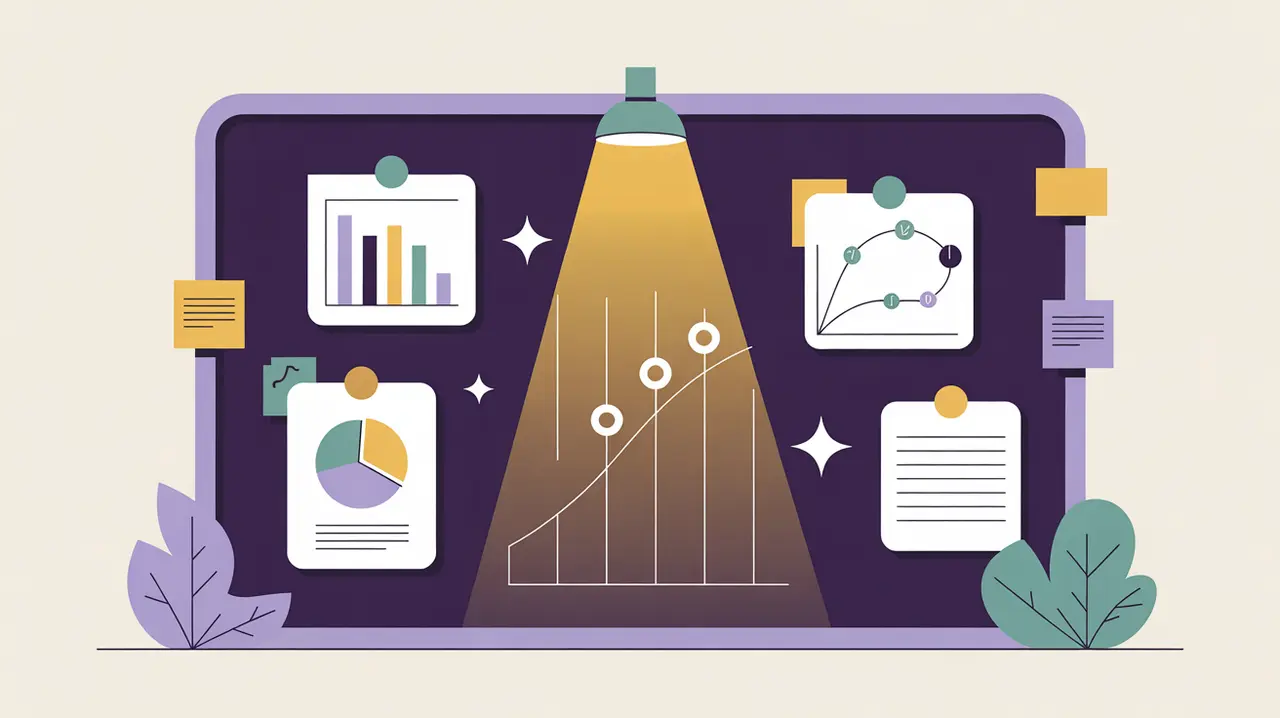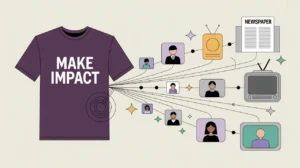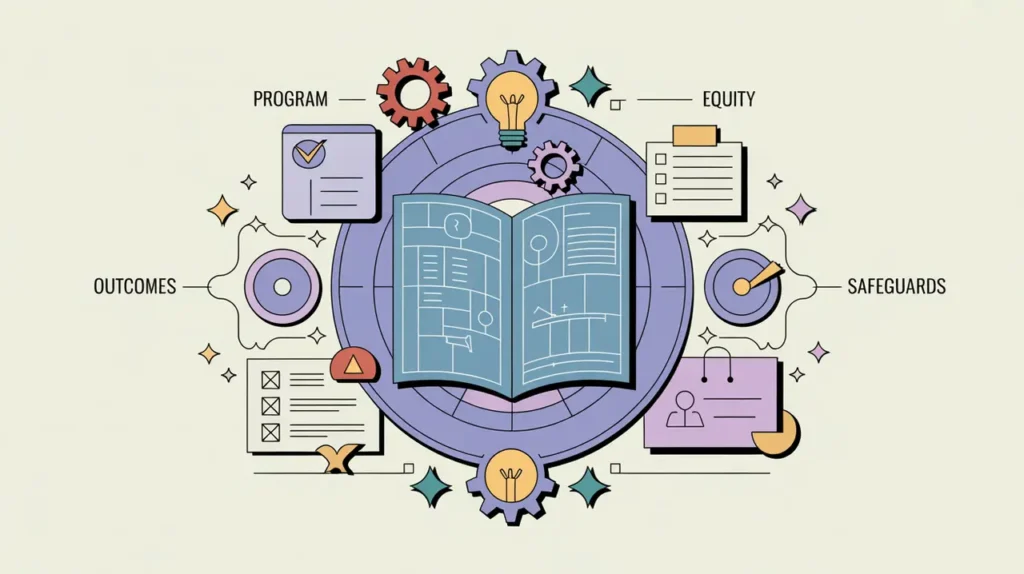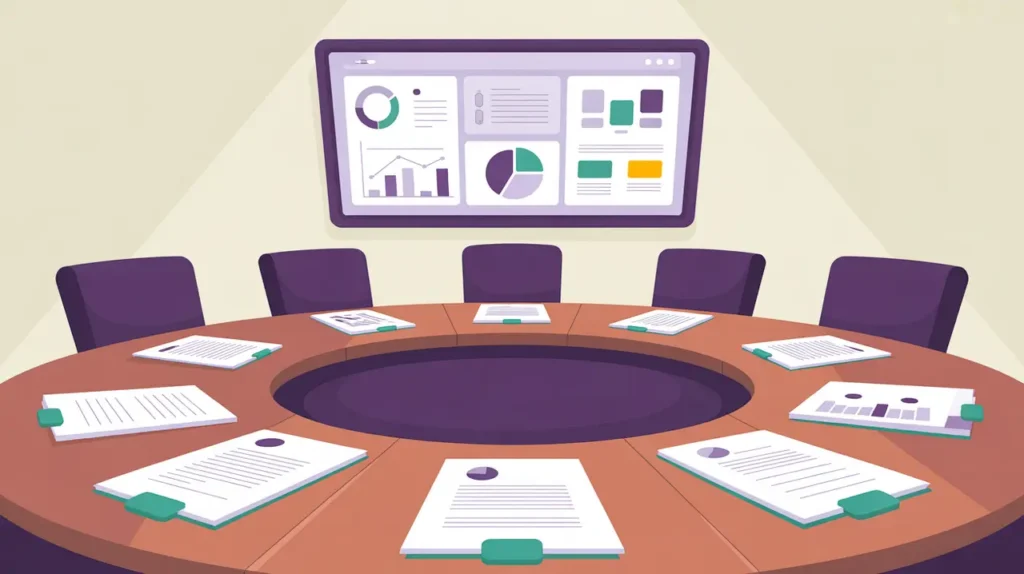What Does Program Evaluation Involve?
Program evaluation is the systematic assessment of whether a program achieved its intended outcomes and why. While monitoring provides continuous, real-time data, evaluation takes a step back to analyze performance over a defined period. It examines relevance, effectiveness, efficiency, impact, and sustainability. Evaluation asks deeper questions: Did the program meet its objectives? What difference did it make? Were resources used wisely? What unintended effects occurred?
Evaluation generates evidence that informs accountability to donors and communities, learning for program teams, and strategic decisions about scaling, redesigning, or ending programs. Good evaluation blends quantitative data (numbers served, outcomes achieved) with qualitative insights (participant experiences, stakeholder perceptions). It uses methods ranging from surveys and statistical analysis to case studies and participatory assessments.
Without evaluation, organizations cannot convincingly demonstrate impact or learn from their work. With it, they strengthen credibility, improve future programs, and contribute to sector-wide knowledge. Evaluation closes the loop in the program life-cycle while also sparking the next cycle of research and design.
What Competencies are Associated with this Role?
Evaluation requires methodological rigor, critical analysis, and strong communication. Key competencies include:
- Designing evaluation frameworks and methodologies
- Developing evaluation questions tied to program objectives
- Collecting and analyzing outcome and impact data
- Using mixed methods (quantitative and qualitative) appropriately
- Managing external evaluators or evaluation consultancies
- Ensuring independence, validity, and ethical standards
- Identifying intended and unintended outcomes
- Synthesizing evidence into clear findings and recommendations
- Communicating evaluation results to diverse audiences
- Linking evaluation insights to organizational learning and strategy
How Might AI and Automation Help this Role?
AI and automation can make evaluations faster, more comprehensive, and more accessible. Opportunities include:
- AI synthesis of large datasets and evaluation reports
- Natural language processing to analyze open-ended survey responses
- Automated benchmarking against sector or national datasets
- Visualization tools for complex evaluation findings
- Generative AI to draft evaluation summaries or briefs
- Predictive modeling to test scenarios for scale or replication
- Automated anonymization for safeguarding and ethical compliance
- AI-assisted translation of evaluation reports for multilingual stakeholders
What are the Roles by Experience Level?
Evaluation roles typically involve specialized staff or consultants, but the responsibility touches all levels:
- Entry: Evaluation Assistant, Data Analyst – support data cleaning, coding, and entry, assist with survey administration
- Mid: Evaluation Officer, MEL Specialist – design tools, conduct fieldwork, analyze results, draft reports
- Senior: Evaluation Manager, MEL Lead – oversee evaluation strategy, manage external evaluators, integrate findings into planning
- Executive: Chief Impact Officer, Director of Programs – use evaluation evidence for strategic decisions, represent accountability to funders, boards, and communities
How Transferable are the Skills from this Role?
Evaluation skills transfer across multiple fields where evidence of impact is critical. Within nonprofits, they open pathways into strategy, advocacy, and program leadership. Beyond the sector, they map onto roles in government policy analysis, international development agencies, consulting, and corporate impact measurement. Evaluation develops core abilities in research design, statistical analysis, and evidence communication. These competencies are valued across academia, public policy, and the private sector. The reflective and analytical mindset cultivated in evaluation prepares professionals for leadership in data-driven decision-making environments.







